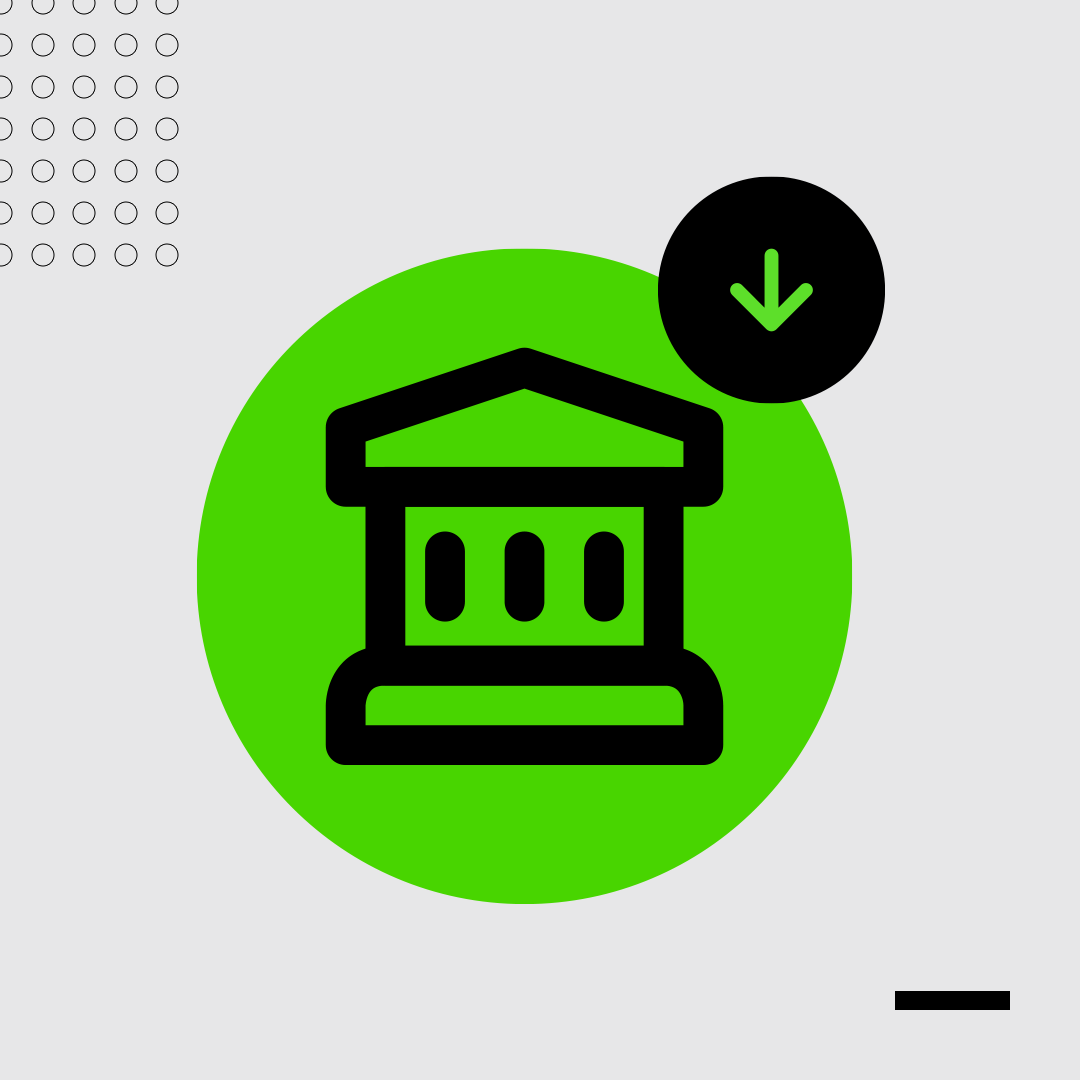January 9, 2023 -- While many point to the pandemic as the catalyst responsible for changing today’s retail customers, in reality, the “retail customer” has been evolving for some time. Over the past several decades, consumers’ lives have grown busier and more complex as they are being offered more choices spanning retail and digital, and shoppers have come to expect much more in terms of access, options, value and experience overall.
This exponential growth, competition and complexity in the buyer's journey present both challenges and more importantly, opportunities for retailers looking to stay relevant and keep customers engaged. As consumers look to maximize time and efficiency when running errands, many retailers have expanded their offerings to include everything from health services to auto care to financial services. It’s easy to look at these simply as new means of driving sales, but in reality, they are a reaction to consumer demand for convenience — the most valuable driver and determinant of a customer’s loyalty.
It's essential to make an impact on consumers during what might be their only trip out of the house on a given day. For retailers, the time is now to engage technology and financial partners to build new services that can serve consumers digitally, grow customer relationships and drive new levels of loyalty.
The Evolving State of Retail and Brick-and-Mortar Banking
The average U.S. consumer is seeing their options for in-person money management and transactions evaporate before their eyes. Bank branch closures are rising and retail locations are becoming the financial service centers of the future as consumers now turn to Walmart, Dollar General or 7-Eleven, among others, to do everything from load cash to a debit card to pay bills to send people money while at their retailer of choice. Innovation in financial services and the proliferation of digital platforms for banking and payments have quickly turned these services for retailers from unique value adds to table stakes. This makes it essential for retailers to engage customers “beyond the rack” or beyond a single point of engagement in their stores.
Why Retailers Must Think Beyond the Rack
The millions of Americans who transact in store daily or weekly (accounting for nearly 40 percent by one measure) present an incredible opportunity for retailers to turn a one-time customer into a long-term valuable relationship. This can start by offering a variety of financial services that provide more seamless access to money and tools and deliver the convenience they demand. If a working mom can buy food for her children, pay the electric bill and pay rent in less than an hour at one location, imagine the perceived value and long-term relationship potential a retailer can build. Opening that door through basic financial services can then enable the layering of loyalty programs and other perks in which consumers might find value, such as peer-to-peer payments (P2P), buy now pay later (BNPL), path-to-credit loans and more. This is just the tip of the iceberg.
Retailers providing financial services may be inclined to see digital financial platforms as their competition, but blending the two to create a better experience in store will in fact be what sets them apart for their customers.
What Beyond the Rack Looks Like in Practice
A beyond-the-rack strategy is about digital engagements that meet customers at an inflection point in their shopping experience and pull them into a cycle of new and differentiated services, experiences and value. We know most consumers, particularly younger generations, use their phones in some capacity for nearly all shopping and financial services. Many retailers count users of their digital apps in the millions and recent studies have shown consumers who use mobile shopping apps visit physical stores 41 percent more frequently than those who do not. This provides retailers an opportunity to not only engage customers beyond the rack, but offer them other valuable options, such as picking up products curbside, paying in installments or easily checking off financial to-dos in seconds.
According to the Time Use Institute, the average shopping trip takes consumers 41 minutes — meaning there's little time to make an impact on a customer looking to manage their money in store. Retailers should take advantage of this opportunity. A beyond-the-rack strategy helps create stickiness with the customer while bridging the digital and brick-and-mortar divide. Foot traffic becomes less of an important metric when you can create valuable touchpoints and engagements elsewhere.
The smartest thing today’s retailers can do is resist the urge to be reactive in their offerings for customers or take a “copycat” approach to tacking on services they see their competition offering. Proactively considering opportunities to engage customers digitally can present a multitude of options and value to customers, and offering consumers valuable financial services in store doesn’t need to involve a complete overhaul of a business’ strategy, space or inventory. It can be as simple as taking a proactive look at the in-store touchpoints and then meeting their customers where they are digitally. Blending simple, digital offerings can create more value for them in that moment, save them time and ultimately make their lives easier.



